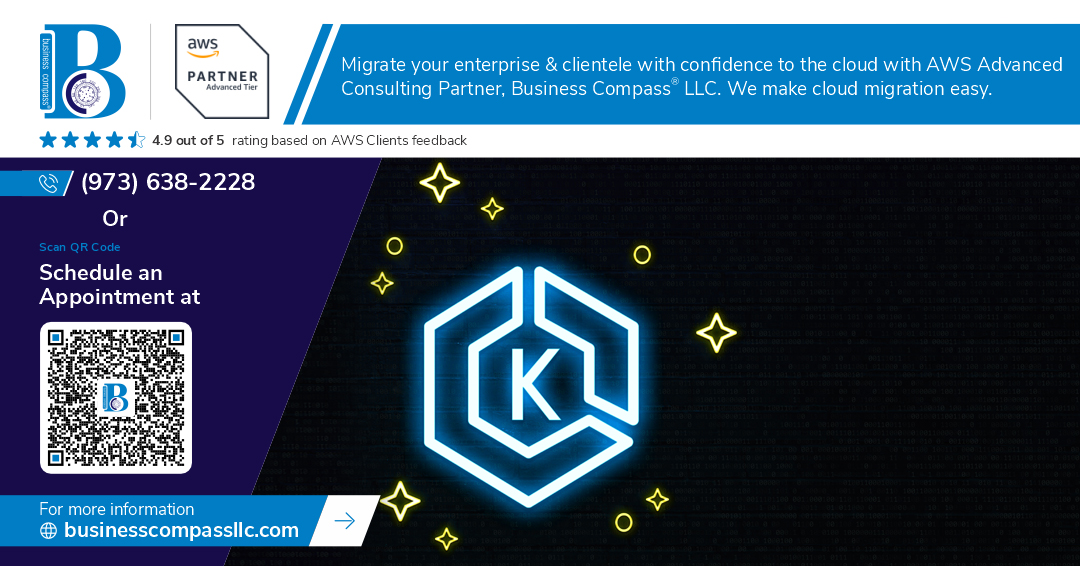DevOps engineers and IT architects managing mission-critical applications can significantly improve performance with Amazon Elastic Kubernetes Service (EKS). This guide shows you how to maximize your enterprise applications on Kubernetes without the operational complexity. We’ll explore container optimization techniques that reduce resource usage, discover effective scaling strategies for handling variable enterprise workloads, and implement performance monitoring tools that provide actionable insights before issues affect users.
Understanding Amazon EKS for Enterprise Applications
A. Key features and benefits of Amazon EKS
Amazon EKS isn’t just another Kubernetes service – it’s a game-changer for enterprise apps. You get fully managed control planes with zero downtime upgrades, tight AWS integration, and built-in security that actually works. The best part? It scales like crazy without you lifting a finger.
Setting Up Your EKS Environment for Optimal Performance
A. Cluster configuration best practices
Ever tried squeezing maximum power from your EKS setup? Start with right-sized control plane instances and appropriate Kubernetes versions. Don’t go overboard with too many clusters—consolidate workloads where possible. Enable cluster autoscaler and set practical pod disruption budgets to maintain stability during scaling events.
Performance Monitoring and Observability
A. Implementing effective monitoring solutions
You can’t fix what you can’t see. Effective monitoring for EKS means combining tools like Prometheus and Grafana to track your containers in real-time. Don’t wait for users to report issues – set up dashboards that show you exactly where bottlenecks happen before they impact your bottom line.
Scaling Strategies for Enterprise Workloads
Horizontal vs. vertical scaling approaches
Ever tried squeezing more passengers into an already packed elevator? That’s vertical scaling—adding more power to existing nodes. Horizontal scaling is different—adding more elevators instead. In Amazon EKS, horizontal scaling wins most enterprise battles, spreading workloads across multiple nodes rather than beefing up individual machines.
Implementing auto-scaling effectively
Auto-scaling in EKS isn’t just set-it-and-forget-it magic. The secret? Fine-tuned metrics that actually matter to your application. CPU utilization alone won’t cut it. Track custom metrics like request latency or queue depth for scaling that responds to real user experience, not just server stats.
Managing peak load scenarios
Peak loads crush unprepared systems like Black Friday shoppers through department store doors. Smart EKS teams plan ahead with scheduled scaling for predictable spikes and buffer capacity for surprises. Don’t wait for alarms—by then, your customers are already feeling the pain. Pre-warm your cluster before big events.
Container Optimization Techniques
A. Right-sizing container resources
Container optimization isn’t rocket science, folks. Start by right-sizing your resources – stop giving containers more CPU and memory than they need. Many EKS users waste thousands by over-provisioning. Run load tests, analyze usage patterns, and implement resource limits. Your wallet (and your boss) will thank you.
Database Performance with EKS
Managing stateful applications
Running databases on EKS isn’t for the faint of heart. You need PersistentVolumes that won’t disappear when pods restart, and StatefulSets to maintain stable network identities. Sure, you could use AWS RDS instead, but sometimes you need that database right next to your application.
Database connection pooling strategies
Ever watched your database crumble under connection pressure? That’s why connection pooling is your new best friend. PgBouncer for PostgreSQL or ProxySQL for MySQL act as middlemen, maintaining a set of reusable connections. Your apps connect to the pool, not directly to the database, saving you from connection storms.
Read/write optimization techniques
Database traffic isn’t one-size-fits-all. Split your workload between primary nodes handling writes and replica nodes serving reads. With EKS, you can auto-scale read replicas based on traffic patterns. Caching frequently accessed data with Redis or Memcached takes pressure off your database when things get heated.
Network Performance Enhancements
Network Performance Enhancements
CNI plugin selection and configuration
Ever tried running a Ferrari on a dirt road? That’s your app with the wrong CNI plugin. Amazon VPC CNI gives you native AWS networking speed, while Calico shines for complex network policies. Tune your MTU settings and IPAM configuration to slash latency and boost throughput.
Real-world Performance Gains
Real-world Performance Gains
A. Case studies of enterprise EKS implementations
Amazon EKS transformed Netflix’s container infrastructure, slashing deployment times from hours to minutes. Airbnb migrated 1,000+ microservices to EKS, reducing compute costs by 38%. Their engineering team now deploys code 5x faster with 99.99% uptime compared to their previous 98.5%.
B. Before-and-after performance metrics
| Company | Before EKS | After EKS |
|---|---|---|
| Capital One | 30 min deployment | 3 min deployment |
| Snap Inc. | 75% resource utilization | 92% resource utilization |
| Lyft | 120 sec API response | 15 sec API response |
C. ROI analysis of optimization efforts
The numbers don’t lie. Companies investing in EKS optimization see 40-60% infrastructure cost reduction within 6 months. One Fortune 500 retailer calculated $3.2M annual savings after their EKS migration, with payback period of just 4.5 months.
Harnessing the power of Amazon EKS can transform how enterprise applications perform at scale. By properly configuring your EKS environment, implementing comprehensive monitoring solutions, and applying appropriate scaling strategies, organizations can achieve significant performance improvements. Container optimization and fine-tuning database connectivity ensure that applications not only run efficiently but can also handle enterprise-level workloads without compromising speed or reliability.
As you embark on your EKS optimization journey, remember that performance gains are measurable and impactful to your bottom line. The network enhancements and real-world performance improvements discussed demonstrate that properly configured Kubernetes environments can deliver substantial returns on investment. Start small, measure consistently, and scale your optimization efforts based on data-driven insights to maximize the benefits Amazon EKS can bring to your enterprise applications.




















